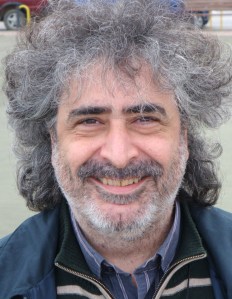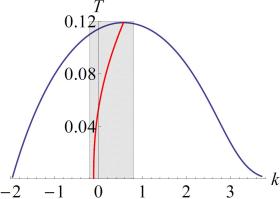
Dr Roberto A Sussman is a senior researcher in Theoretical Cosmology at the Institute for Nuclear Sciences (ICN) of the National University of Mexico (UNAM).
One of the long standing open problems in General Relativity is to find a self-consistent theoretically robust definition of a classical “gravitational” entropy, which is distinct (though possibly connected) to the entropy of the field sources (hydrodynamical or non-collisional) and to holographic and black hole entropies. Current research has produced two main classical gravitational entropy proposals: one by Clifton, Ellis and Tavakol, based on an effective construction from the “free” gravitational field associated to the Bell-Robinson tensor (the CET proposal), the other, by Hosoya and Buchert, is based on the Kullback-Leibler functional of Information Theory (the HB proposal).









You must be logged in to post a comment.